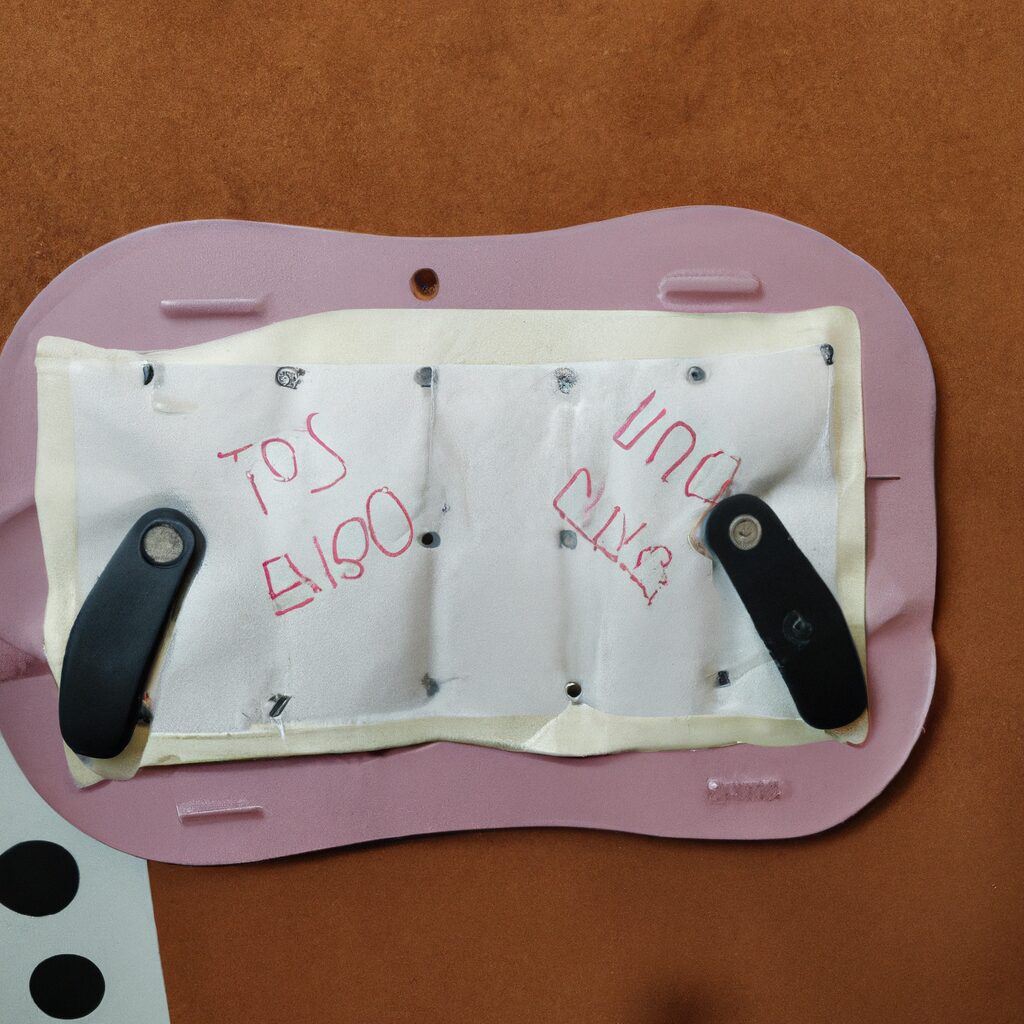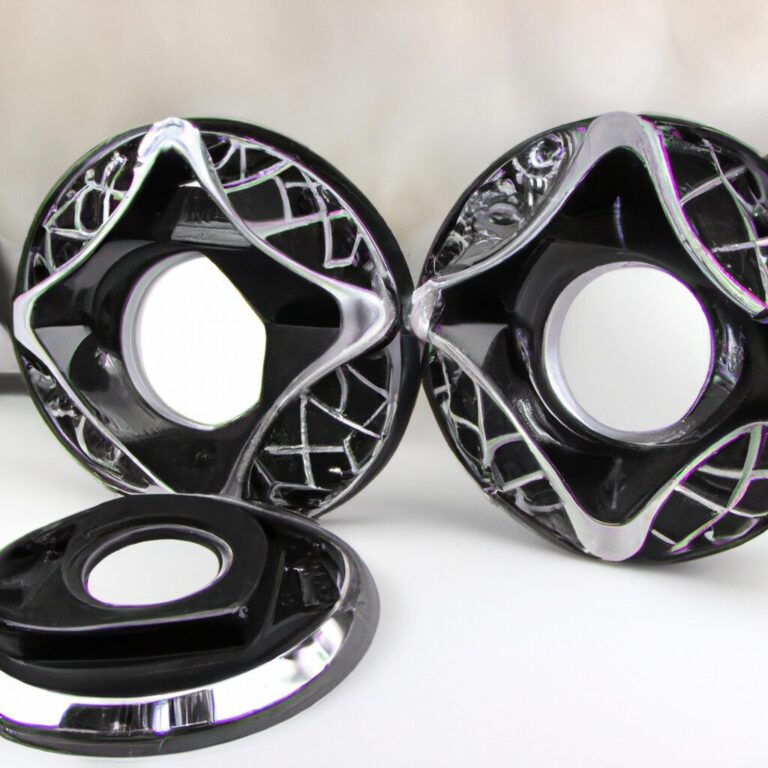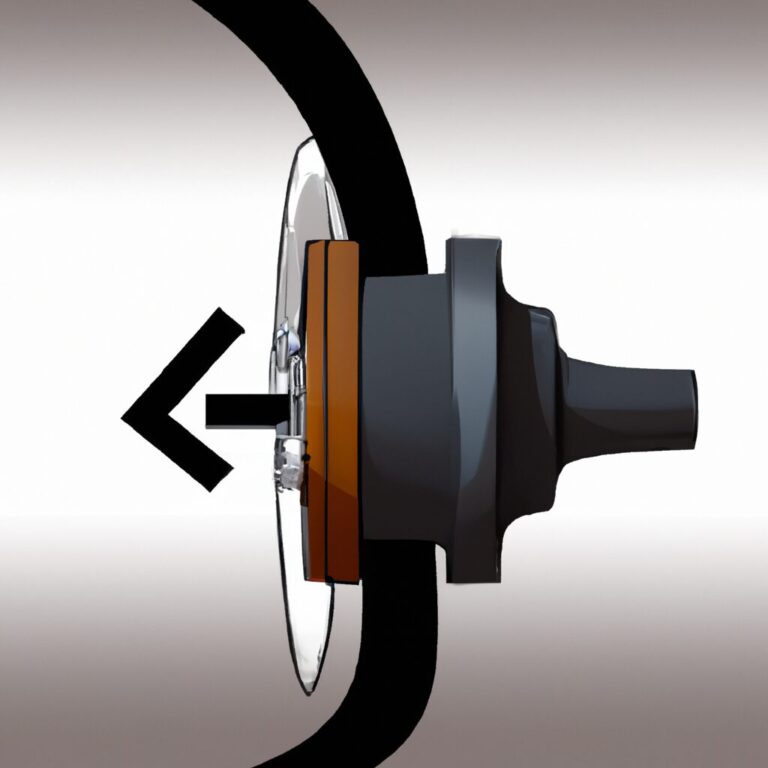do i have to bleed brakes when changing pads
Introduction
When it comes to changing brake pads, one of the most common questions asked is whether or not you need to bleed the brakes. Bleeding the brakes is a process that involves removing air from the brake system, and it is an important step in ensuring that your brakes are working properly. In most cases, it is not necessary to bleed the brakes when changing brake pads, but there are some exceptions. In this article, we will discuss when you should and should not bleed the brakes when changing brake pads.
How to Know When You Need to Bleed Your Brakes When Changing Pads
Bleeding your brakes is an important step in the process of changing brake pads. It is necessary to ensure that the brakes are working properly and that the brake fluid is free of air bubbles. Knowing when to bleed your brakes is essential for the safety of your vehicle and its passengers.
When changing brake pads, it is important to check the brake fluid level and condition. If the fluid is low or discolored, it is likely that air has entered the system and the brakes need to be bled. Additionally, if the brake pedal feels spongy or soft when pressed, this is another indication that the brakes need to be bled.
It is also important to bleed the brakes if the brake pads have been replaced with new ones. This is because the new pads may be thicker than the old ones, which can cause the brake calipers to press harder on the brake rotors. This can cause air to enter the brake system, resulting in a spongy brake pedal.
Finally, it is important to bleed the brakes if the brake system has been opened for any reason. This includes replacing the brake lines, calipers, or master cylinder. Opening the brake system can cause air to enter the system, resulting in a spongy brake pedal.
In conclusion, it is important to know when to bleed your brakes when changing brake pads. If the brake fluid is low or discolored, the brake pedal feels spongy or soft, the brake pads have been replaced with new ones, or the brake system has been opened, it is necessary to bleed the brakes. Doing so will ensure that the brakes are working properly and that the brake fluid is free of air bubbles.
The Benefits of Bleeding Your Brakes When Changing Pads
Bleeding your brakes is an important step when changing brake pads. This process ensures that the brakes are working properly and that the brake system is free of air bubbles. Bleeding your brakes can also help to extend the life of your brake pads and other components of the brake system.
When changing brake pads, it is important to bleed the brakes to ensure that the brake system is free of air bubbles. Air bubbles can cause the brakes to be less responsive and can cause the brake pads to wear out faster. Bleeding the brakes removes any air bubbles that may have been introduced into the system when the brake pads were changed. This helps to ensure that the brakes are working properly and that the brake system is free of air bubbles.
Bleeding the brakes can also help to extend the life of your brake pads and other components of the brake system. When air bubbles are present in the brake system, they can cause the brake pads to wear out faster. By removing the air bubbles, the brake pads will last longer and the other components of the brake system will be less likely to wear out prematurely.
Finally, bleeding the brakes can help to improve the performance of your brakes. When air bubbles are present in the brake system, they can cause the brakes to be less responsive. By removing the air bubbles, the brakes will be more responsive and will provide better braking performance.
In conclusion, bleeding your brakes when changing brake pads is an important step that should not be overlooked. Bleeding the brakes helps to ensure that the brakes are working properly and that the brake system is free of air bubbles. It can also help to extend the life of your brake pads and other components of the brake system. Finally, it can help to improve the performance of your brakes by making them more responsive.
What You Need to Know About Bleeding Your Brakes When Changing Pads
When changing the brake pads on your vehicle, it is important to properly bleed the brakes to ensure that the brakes are working correctly. Bleeding the brakes is a process that removes air from the brake lines and ensures that the brakes are functioning properly.
The first step in bleeding the brakes is to locate the brake fluid reservoir. This is usually located near the master cylinder, which is typically located near the firewall of the vehicle. Once the reservoir is located, the cap should be removed and the fluid level should be checked. If the fluid level is low, it should be topped off with the appropriate type of brake fluid.
Next, the brake lines should be inspected for any signs of damage or corrosion. If any damage is found, the lines should be replaced. Once the lines have been inspected, the bleeder screws should be located. These are typically located on the back of the calipers.
Once the bleeder screws have been located, the brake pedal should be depressed and held down. This will allow the air to escape from the brake lines. The bleeder screws should then be opened one at a time, starting with the furthest away from the master cylinder. As each bleeder screw is opened, the brake pedal should be released and then depressed again. This process should be repeated until all of the air has been removed from the brake lines.
Once all of the air has been removed from the brake lines, the bleeder screws should be closed and the brake fluid reservoir should be topped off. The brake pads should then be installed and the brakes should be tested to ensure that they are functioning properly.
Bleeding the brakes is an important step in changing the brake pads on your vehicle. It is important to ensure that all of the air has been removed from the brake lines and that the brakes are functioning properly. If done correctly, this process will ensure that your brakes are working correctly and that your vehicle is safe to drive.
Common Mistakes to Avoid When Bleeding Your Brakes When Changing Pads
1. Not Bleeding the System Properly: It is important to properly bleed the brake system when changing brake pads. This involves bleeding the brakes in the correct order, starting with the wheel furthest from the master cylinder and working your way towards the wheel closest to the master cylinder.
2. Not Replacing the Brake Fluid: When changing brake pads, it is important to replace the brake fluid. This helps to ensure that the brake system is functioning properly and that the brakes are not contaminated with old fluid.
3. Not Checking the Brake Lines: It is important to check the brake lines for any signs of wear or damage before bleeding the brakes. If the brake lines are damaged, they should be replaced before bleeding the brakes.
4. Not Cleaning the Brake Calipers: It is important to clean the brake calipers before bleeding the brakes. This helps to ensure that the brakes are functioning properly and that the brake pads are not contaminated with dirt or debris.
5. Not Checking the Brake Pads: It is important to check the brake pads for any signs of wear or damage before bleeding the brakes. If the brake pads are worn or damaged, they should be replaced before bleeding the brakes.
6. Not Checking the Brake Rotors: It is important to check the brake rotors for any signs of wear or damage before bleeding the brakes. If the brake rotors are worn or damaged, they should be replaced before bleeding the brakes.
7. Not Checking the Brake Lines for Leaks: It is important to check the brake lines for any signs of leaks before bleeding the brakes. If there are any leaks, they should be repaired before bleeding the brakes.
8. Not Checking the Brake Pedal: It is important to check the brake pedal for any signs of wear or damage before bleeding the brakes. If the brake pedal is worn or damaged, it should be replaced before bleeding the brakes.
The Tools You Need to Bleed Your Brakes When Changing Pads
Bleeding your brakes is an important step when changing brake pads. It is necessary to ensure that the brakes are working properly and that the brake fluid is free of air bubbles. To bleed your brakes, you will need the following tools:
1. A brake bleeder kit. This kit includes a brake bleeder wrench, a catch bottle, and a length of tubing. The wrench is used to loosen the bleeder valve on the brake caliper, the catch bottle is used to collect the brake fluid, and the tubing is used to connect the bleeder valve to the catch bottle.
2. A brake fluid reservoir. This is a container that holds the brake fluid. It is important to make sure that the reservoir is full before beginning the bleeding process.
3. A brake fluid pump. This is a device that is used to pump the brake fluid through the system. It is important to make sure that the pump is in good working order before beginning the bleeding process.
4. A wrench set. This is a set of wrenches that are used to loosen and tighten the bleeder valve on the brake caliper.
5. A funnel. This is used to fill the brake fluid reservoir.
6. A rag. This is used to clean up any spilled brake fluid.
7. Safety glasses. This is important to protect your eyes from any brake fluid that may splash during the bleeding process.
By having the right tools, you can ensure that the brake bleeding process is done correctly and safely.
Step-by-Step Guide to Bleeding Your Brakes When Changing Pads
1. Start by parking your vehicle on a flat surface and engaging the parking brake.
2. Locate the brake caliper and remove the two bolts that hold it in place.
3. Carefully remove the caliper from the rotor and set it aside.
4. Remove the old brake pads and replace them with new ones.
5. Reinstall the caliper and secure it with the two bolts.
6. Locate the brake fluid reservoir and remove the cap.
7. Using a wrench, loosen the bleeder valve located on the caliper.
8. Place a container beneath the bleeder valve to catch any fluid that may be released.
9. Have an assistant press the brake pedal slowly and steadily until the pedal reaches the floor.
10. Once the pedal is at the floor, close the bleeder valve and have your assistant release the brake pedal.
11. Repeat steps 9 and 10 until no more air bubbles are visible in the brake fluid.
12. Once the air bubbles have been eliminated, close the bleeder valve and replace the cap on the brake fluid reservoir.
13. Test the brakes to ensure that they are working properly.
14. If the brakes are working properly, you have successfully bled your brakes.
How to Troubleshoot Problems When Bleeding Your Brakes When Changing Pads
If you are having difficulty bleeding your brakes when changing your brake pads, there are a few steps you can take to troubleshoot the problem.
First, check the brake fluid level in the master cylinder. If the level is low, you will need to add more fluid before you can begin bleeding the brakes. Make sure to use the correct type of brake fluid for your vehicle.
Next, check the brake lines for any signs of leakage. If you find any leaks, you will need to repair them before you can continue.
Once the brake lines are secure, you can begin bleeding the brakes. Start by loosening the bleeder valve on the wheel cylinder furthest from the master cylinder. Have an assistant pump the brake pedal several times and then hold it down. Open the bleeder valve and allow the fluid to flow out until it runs clear. Close the valve and release the brake pedal. Repeat this process for each wheel cylinder.
If you are still having difficulty bleeding the brakes, you may need to use a vacuum pump to help draw the air out of the system. Connect the vacuum pump to the bleeder valve and open the valve. The vacuum pump will draw the air out of the system and allow the brake fluid to flow freely.
Finally, check the brake pedal for any signs of sponginess. If the pedal feels spongy, you may need to bleed the brakes again.
By following these steps, you should be able to troubleshoot any problems you are having when bleeding your brakes when changing your brake pads.
The Pros and Cons of Bleeding Your Brakes When Changing Pads
Bleeding your brakes when changing pads is a process that can help to ensure that your brakes are working properly and safely. However, it is important to understand the pros and cons of this process before deciding whether or not to do it.
Pros
The primary benefit of bleeding your brakes when changing pads is that it helps to ensure that your brakes are working properly. This is because the process removes any air bubbles that may have become trapped in the brake lines, which can cause the brakes to be less effective. Additionally, bleeding your brakes can help to extend the life of your brake pads, as it helps to ensure that they are not being overworked.
Cons
The primary downside of bleeding your brakes when changing pads is that it can be a time-consuming process. Additionally, it can be difficult to do correctly, and if done incorrectly, it can lead to further problems with your brakes. Furthermore, it can be expensive, as it requires specialized tools and equipment.
In conclusion, bleeding your brakes when changing pads can be beneficial, as it helps to ensure that your brakes are working properly and safely. However, it is important to consider the pros and cons before deciding whether or not to do it.
Q&A
1. Do I have to bleed the brakes when changing brake pads?
Yes, it is important to bleed the brakes when changing brake pads. This helps to ensure that the brakes are working properly and that the brake fluid is free of air bubbles. It also helps to prevent any damage to the brake system.
Conclusion
In conclusion, it is recommended that you bleed your brakes when changing your brake pads. Bleeding your brakes will ensure that your brakes are working properly and that your brake system is free of air bubbles. This will help to ensure that your brakes are working optimally and that you are able to stop safely.



